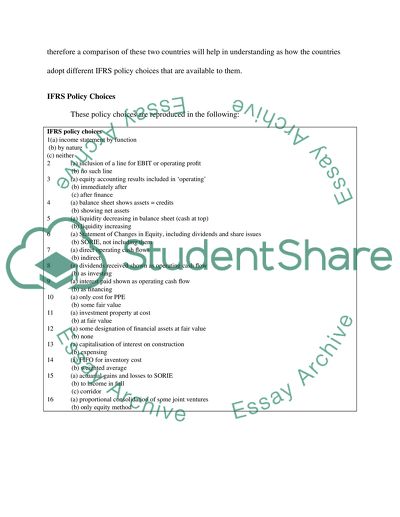Cite this document
(“Policy Choices under IFRS in UK and German Context Essay”, n.d.)
Retrieved from https://studentshare.org/finance-accounting/1395680-ifrs
Retrieved from https://studentshare.org/finance-accounting/1395680-ifrs
(Policy Choices under IFRS in UK and German Context Essay)
https://studentshare.org/finance-accounting/1395680-ifrs.
https://studentshare.org/finance-accounting/1395680-ifrs.
“Policy Choices under IFRS in UK and German Context Essay”, n.d. https://studentshare.org/finance-accounting/1395680-ifrs.


